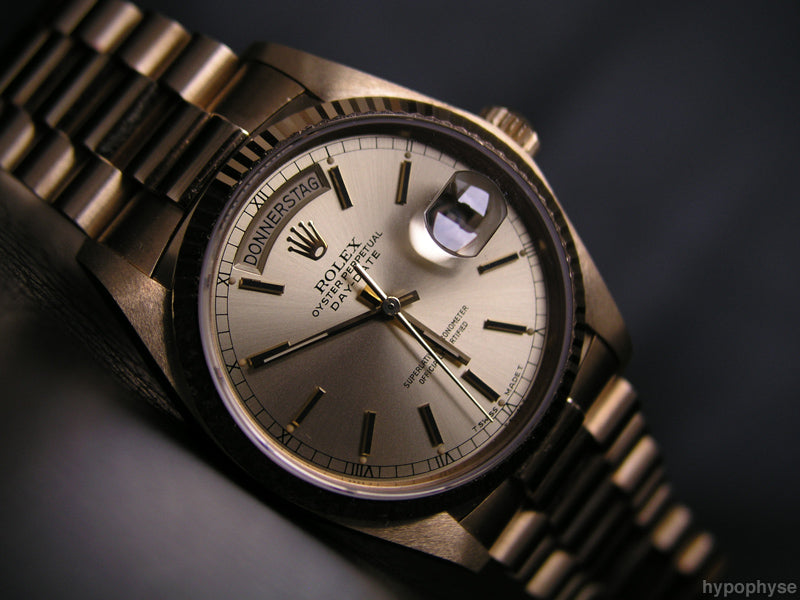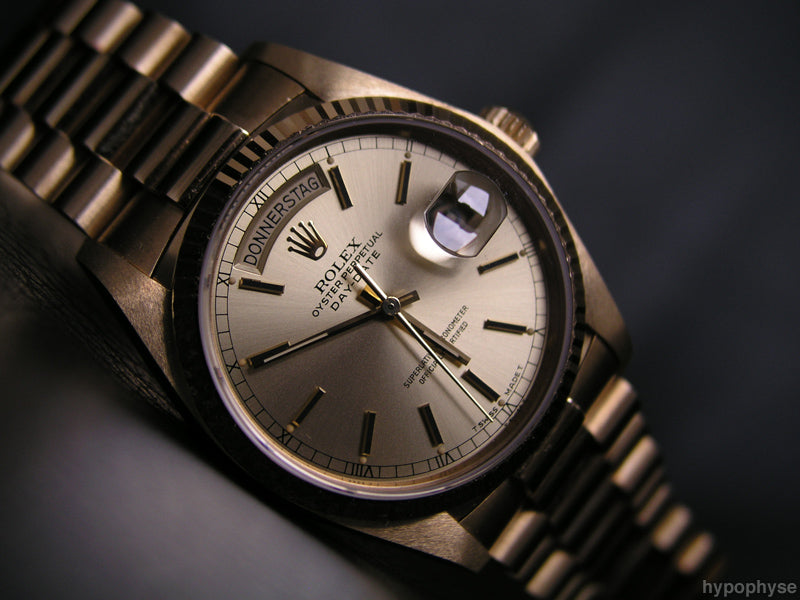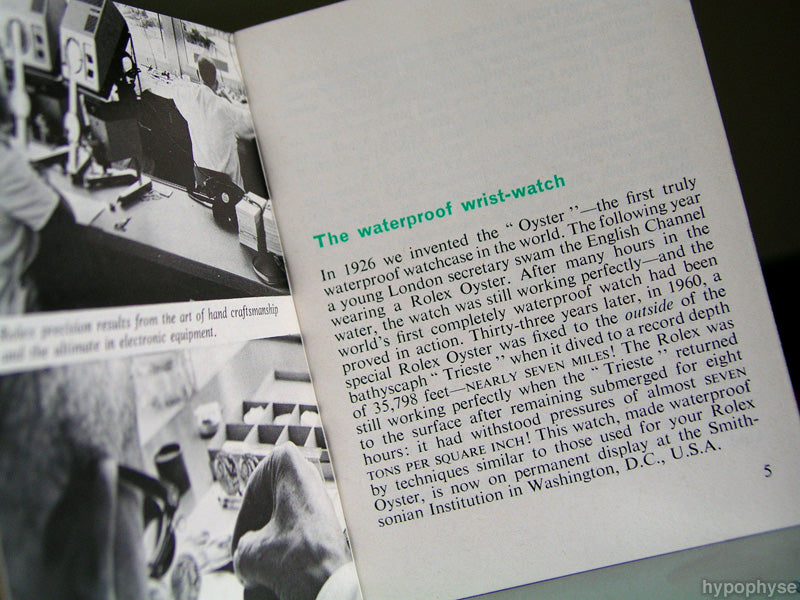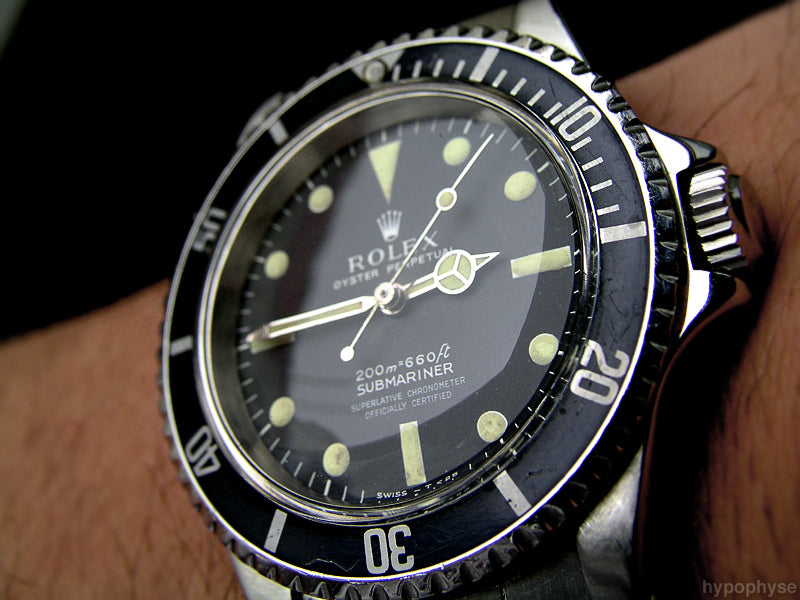Rolex watches hold their value due to five key factors: brand heritage, Swiss craftsmanship, innovative technology, high-quality materials, and limited supply. Many Rolex models appreciate over time, especially rare or vintage pieces. This makes Rolex both a luxury timepiece and a sound investment.
The Legacy and History of the Rolex Brand
Humble Beginnings
Hans Wilsdorf and Alfred Davis started Rolex in London in 1905 under the name “Wilsdorf and Davis.” Their company first imported Swiss watch movements and placed them in British-made cases. Jewelers then sold these watches, often stamping the cases with their own brand names.
In 1908, Wilsdorf registered the name “Rolex.” He wanted a word that was short, easy to pronounce worldwide, and small enough to fit on a watch dial. Some say it even echoed the sound of winding a watch. From these beginnings, Rolex grew from a small workshop into one of the most respected names in watchmaking.
Over the next century, Rolex built its reputation on precision, luxury design, and innovation. This strong brand legacy is a major reason Rolex watches continue to hold their value.
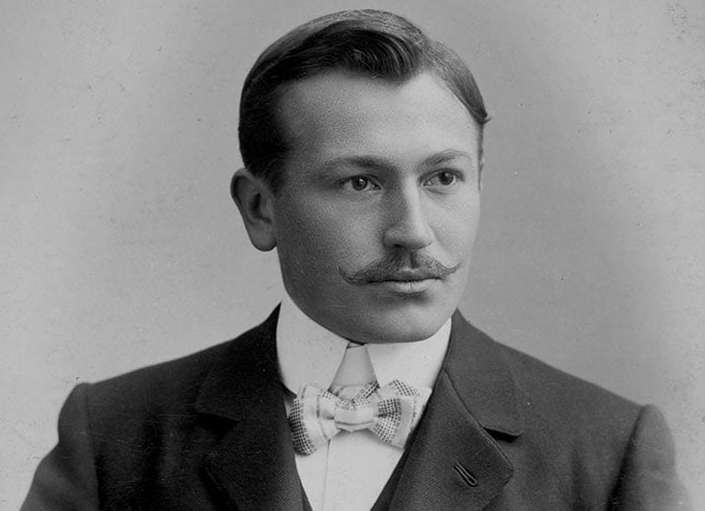
Hans Wilsdorf
What Makes Rolex Technology Unique?
The Oyster
In 1919, Rolex moved to Geneva, Switzerland. Soon after, it introduced the Oyster, the world’s first waterproof wristwatch. Rolex promoted it in aquarium displays and by sponsoring swimmer Mercedes Gleitze during her 1927 English Channel swim. The Oyster survived more than ten hours in the water, proving its strength.
The Perpetual
In 1931, Rolex patented the Perpetual, a self-winding rotor powered by the movement of the wrist. Combined with the Oyster case, this design became the Oyster Perpetual, a hallmark of Rolex technology.
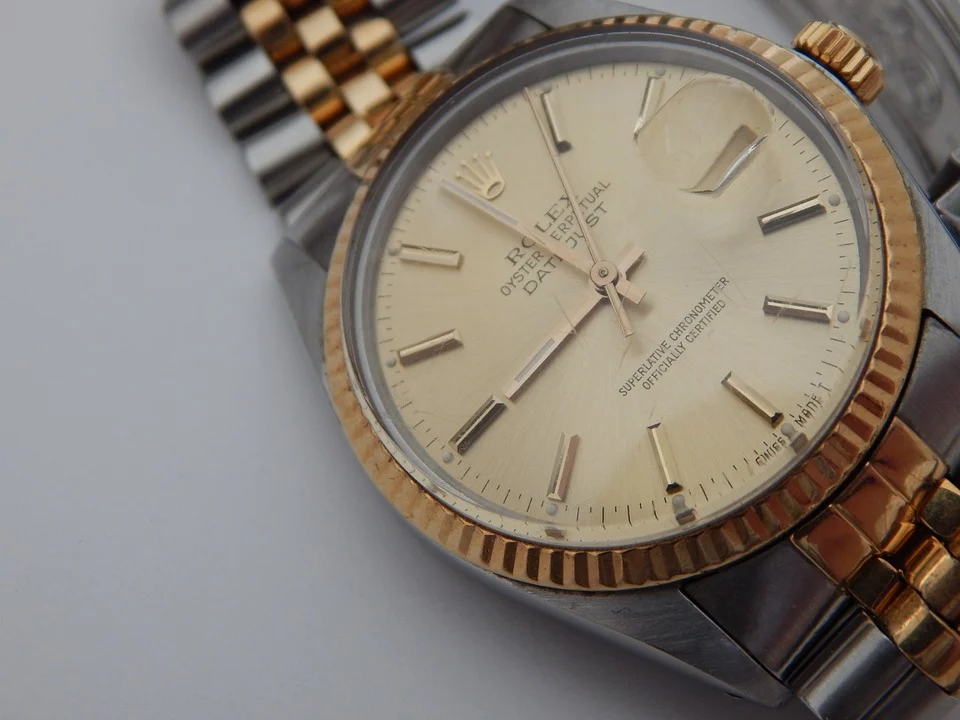
ErikaWittlieb, CC0, via Wikimedia Commons
Commitment to Excellence
Since its humble beginnings in 1905, Rolex has gone on to create world-renowned technologies and designs.
- Rolex Submariner - Introduced in 1953, the Submariner is a professional dive watch built for underwater exploration. Its rotating bezel, strong waterproof case, and clean design have made it a favorite for both divers and collectors.
- Rolex Daytona - Released in the mid-1960s, the Daytona was designed for racecar drivers. Its chronograph function and tachymeter scale make it a precision tool for timing high-speed laps, and today it’s one of the most sought-after Rolex models.
- Rolex DateJust - First introduced in 1945, the Datejust was the world’s first self-winding wristwatch with an automatically changing date display. Its timeless style and versatile sizes have made it one of Rolex’s best-selling and most enduring models.
- Rolex GMT-Master - Launched in 1955, the GMT-Master was created for international airline pilots. It features a 24-hour hand and rotating bezel, allowing the wearer to track multiple time zones at once.
Why Do Swiss-Made Standards Matter?
Rolex’s move to Geneva enabled the company to meet the strict standards of Swiss watchmaking. The label “Swiss-Made” is not just a phrase. It is a protected trademark that guarantees a watch meets exact requirements. Other Swiss-Made brands include Patek Philippe, Vacheron Constantin, Cartier, Audemars Piguet, Omega, Baume & Mercier, and TAG Heuer, among others.
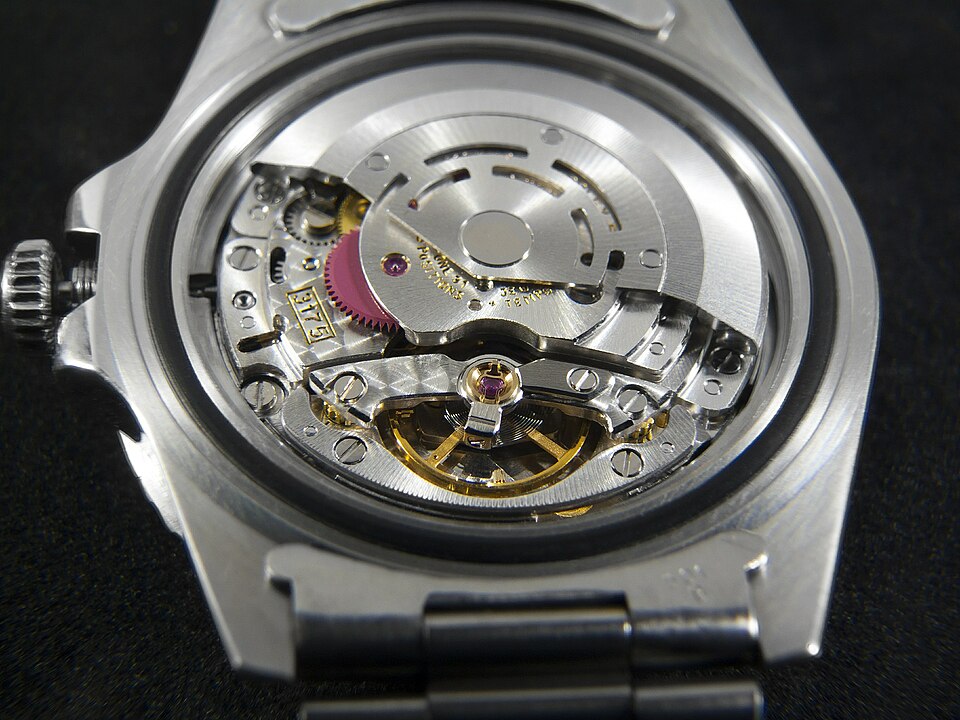
https://pxhere.com/en/photo/932709, CC0, via Wikimedia Commons
What Defines a Swiss-Made Watch?
A watch can be called Swiss-Made if it meets all these conditions:
- Its technical development is carried out in Switzerland
- It has a Swiss movement
- Its movement is added to the case in Switzerland
- The final inspection happens in Switzerland
- At least 60% of manufacturing costs are incurred in Switzerland
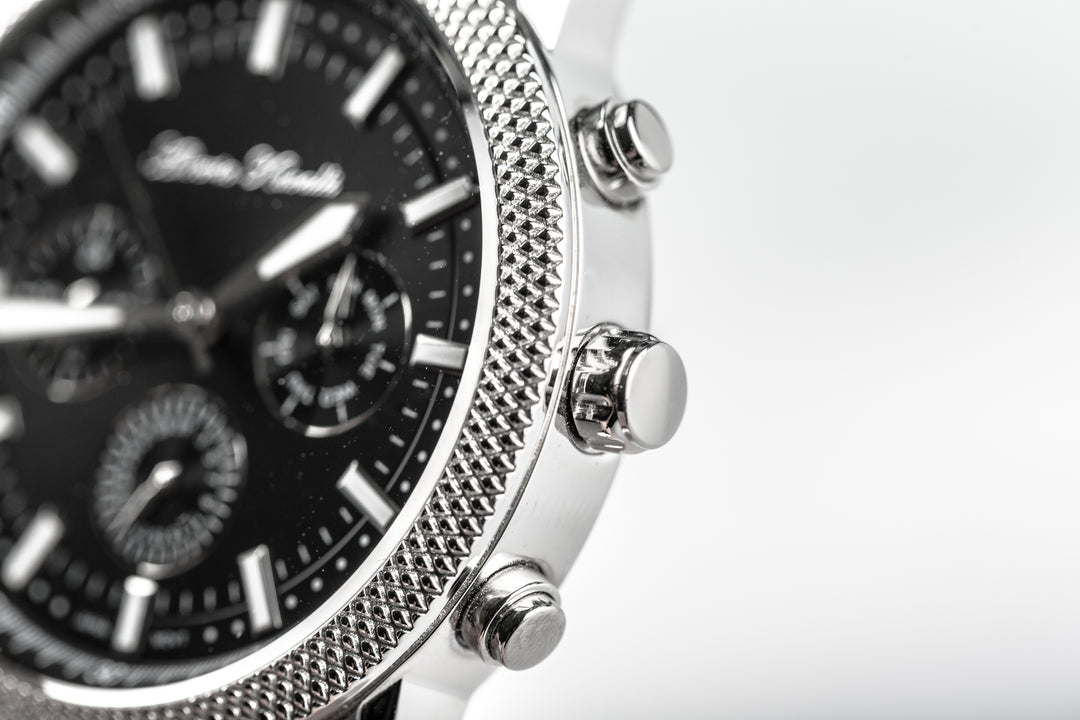
COSC Certification
Only about 3% of Swiss watches receive COSC certification each year. COSC stands for Contrôle Officiel Suisse des Chronomètres, the official chronometer testing institute. Watches must pass 15 days of strict testing to earn the title of chronometer.
Many Rolex watches are COSC-certified, and since 2015, Rolex has applied an even higher standard. Its Superlative Chronometer guarantee ensures accuracy within +2/-2 seconds per day, better than COSC’s +6/-4 range. This commitment to precision further protects Rolex’s long-term value.
How Does Rolex Ensure Superior Craftsmanship?
Raw Materials
Rolex controls its materials at every stage. The company even operates its own foundry in Geneva. This ensures consistency, quality, and innovation.
- Oystersteel: A high-performance 904L stainless steel, resistant to corrosion and impact (introduced in 1985).
- 18K Yellow Gold: Made in Rolex’s own foundry for complete quality control.
- Everose: A proprietary 18K pink gold alloy with lasting color and shine (introduced in 2005).
- 950 Platinum: Used in select models, prized for weight and rarity.
- Chromalight: A luminescent material for watch hands and indexes, storing light for use in darkness (introduced in 2008).
- RLX Titanium: A lightweight, durable alloy used for the 2022 Deepsea Challenge, Rolex’s first titanium watch.
Watch Assembly
As mentioned above, the Superlative Chronometer standard is a driving force in watch assembly. Watches are tested in various conditions to ensure that they can maintain the +2/-2 error margin for second-hand movement.
In addition to that principle is their motto “predicting the unpredictable.” Not only are watches tested in various conditions, but they are also subjected to conditions that far exceed many standards for watchmaking.
Due to their high-quality materials and craftsmanship, Rolex watches continue to set exceptional standards for durability, versatility, efficiency, and precision.
Why Does Exclusivity and Demand Drive Value?
Rolex produces fewer watches than the market demands. This limited supply creates scarcity, making each watch more desirable. Exclusivity, combined with quality, helps Rolex maintain its strong position in the luxury market.
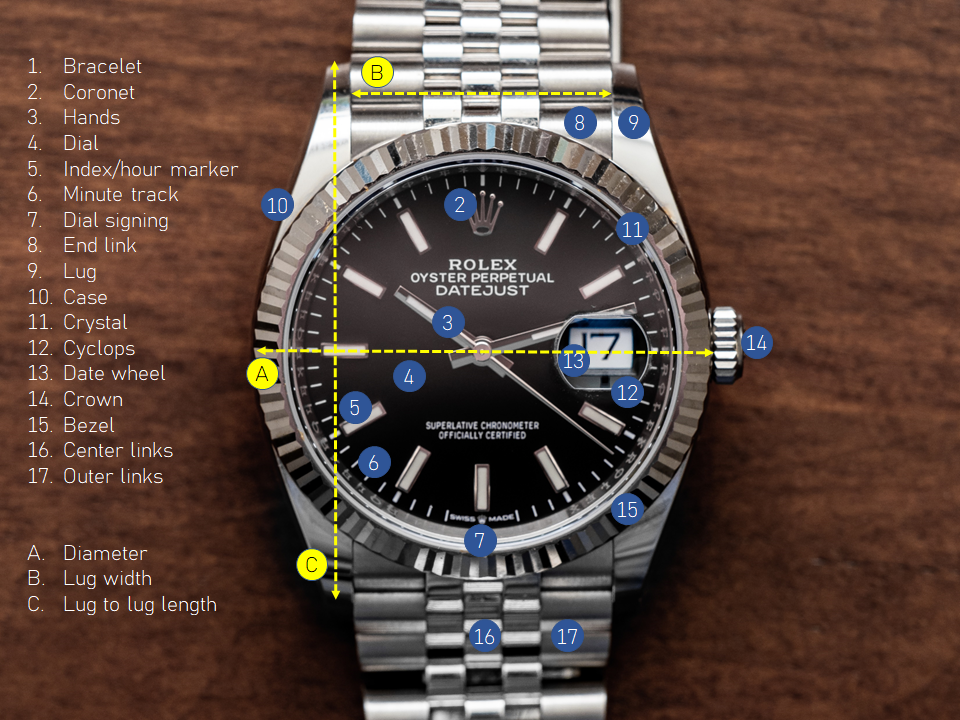
StuivertjeWisselen, CC BY-SA 4.0, via Wikimedia Commons
Collector’s Market
Collectors play a large role in keeping Rolex prices strong. Certain models, like the Daytona or Submariner, often sell for more secondhand than at retail. Limited production and iconic design give these watches lasting appeal.
Vintage Rolex watches also fuel demand. Models tied to history or rare design features can set auction records. Collectors see Rolex as both a luxury accessory and an investment, making the market highly competitive.
A Symbol Beyond Time
Rolex has proven that true craftsmanship never fades. Each watch combines heritage, technology, and exclusivity in a way no other brand matches. From its humble start in London to its place as a global icon, Rolex continues to represent both achievement and value. Owning a Rolex is not only about telling time; it’s about holding a piece of history that endures across generations.
Interested in finding a vintage Rolex watch for sale? Contact Nelson Coleman Jewelers today!


